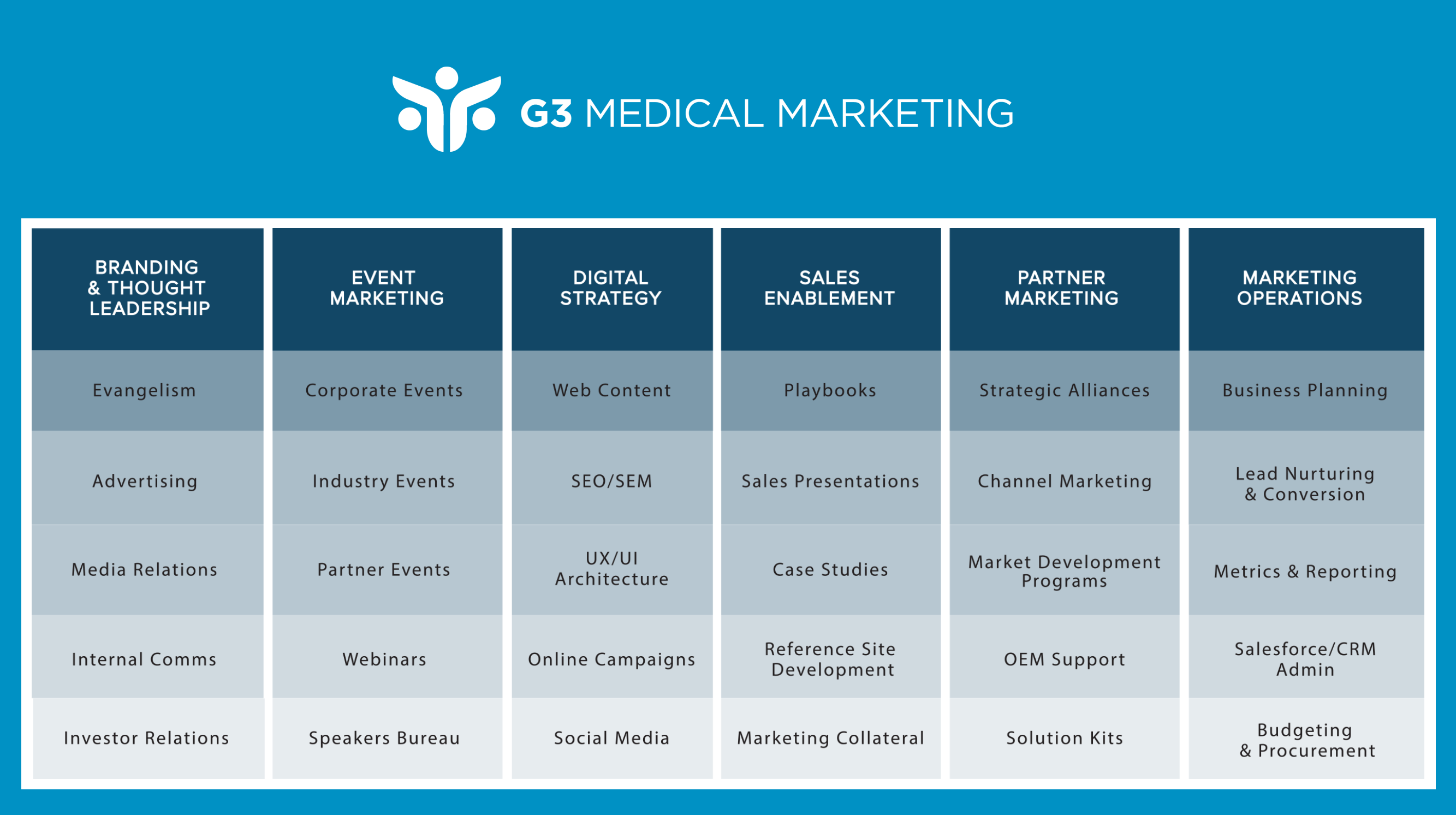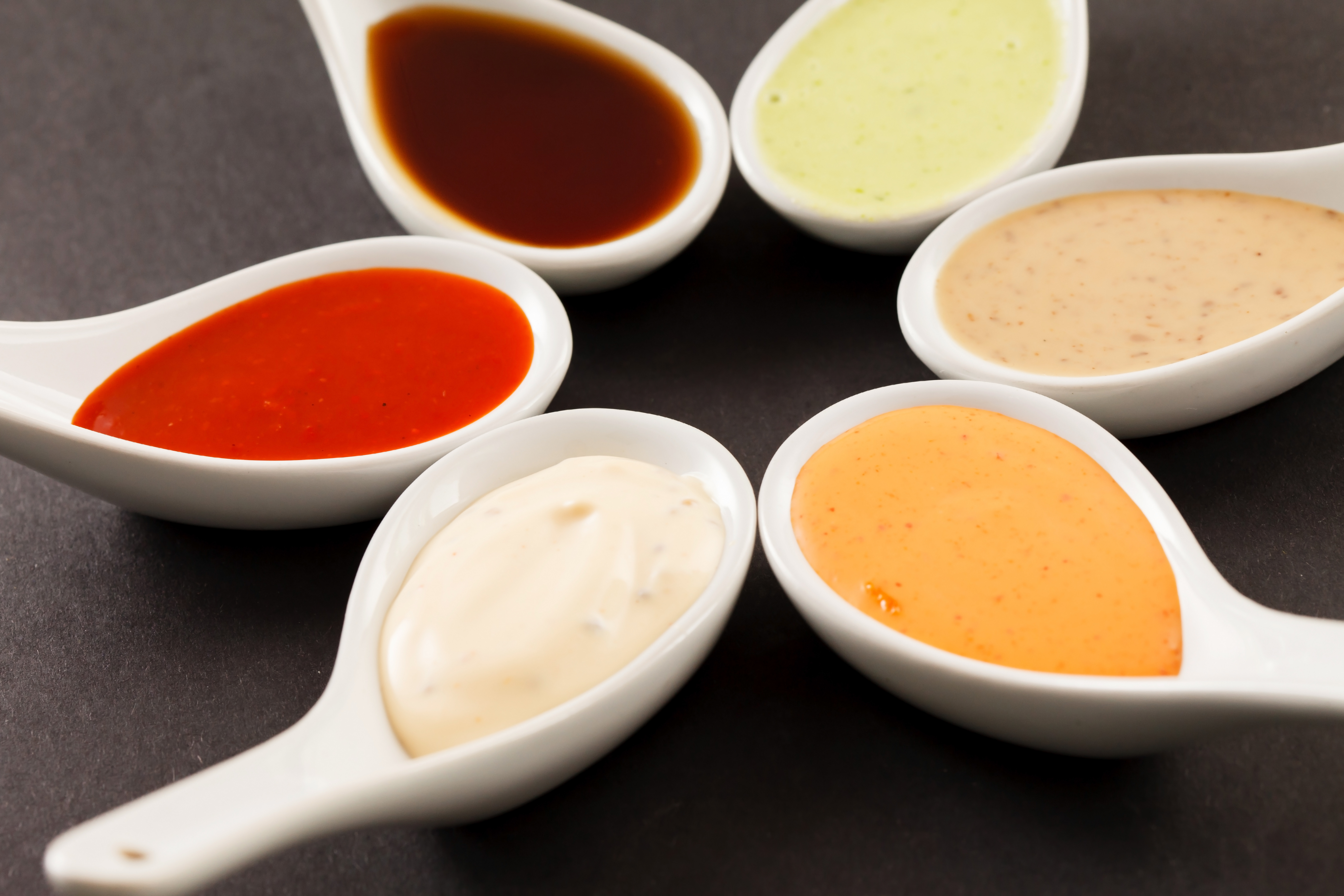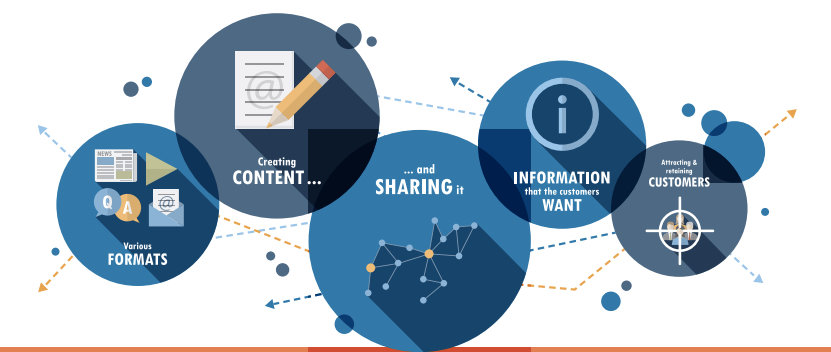A successful sales funnel doesn’t rely on a single tactic—it’s the seamless integration of multiple activities that attracts prospects, nurtures interest, and drives conversion. If you’re looking for lead generation and revenue growth, it is important to consider a wide range of marketing initiatives that contribute to this goal.
We’ve prepared this chart to help you evaluate your current marketing effort and plan for future marketing programs.

At the top of the funnel, marketing planning sets the foundation, ensuring that messaging, resources, and targeting align with business objectives. This is reinforced by investor relations, which builds credibility and trust, signaling long-term stability to customers and partners alike.
As awareness grows, developing speakers and increasing social media amplifies thought leadership and extends brand reach. These channels generate visibility while marketing collateral—from brochure and sales sheets to videos and case studies—provides prospects with tangible, persuasive content that educates and influences decision-making.
Deeper in the funnel, solution kits deliver tailored answers to customer pain points, helping prospects envision practical applications and outcomes. Meanwhile, disciplined budgeting and procurement ensures resources are allocated efficiently, supporting consistent execution without overspending.
Together, these interconnected components create a structured journey: awareness transforms into interest, interest becomes evaluation, and evaluation leads to action. When each element works in harmony, the sales funnel not only accelerates conversions but also builds enduring relationships that sustain growth.
Download the chart to help determine your organization’s priorities.












